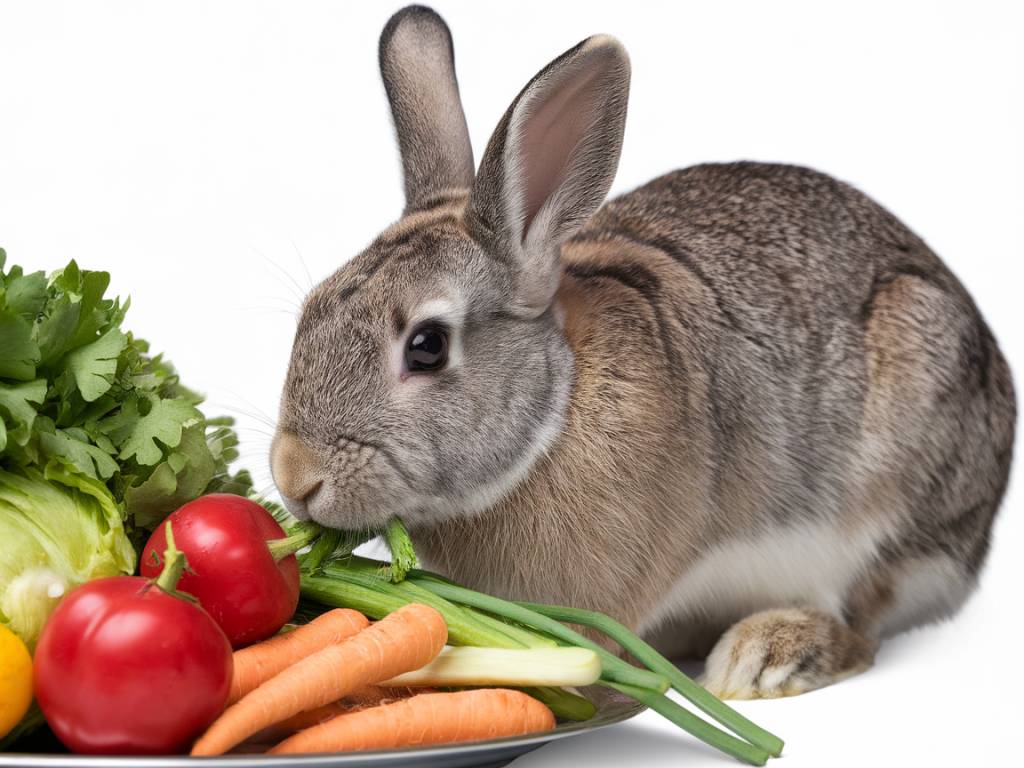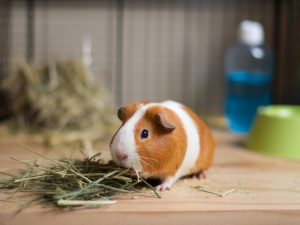How to introduce a new diet to your rabbit without causing digestive upset

how to introduce a new diet to your rabbit without causing digestive upset
Understanding the Rabbit Digestive System
Rabbits are fascinating creatures with unique digestive systems. Their dietary needs are quite specific, and any sudden changes can lead to serious health issues. Understanding how a rabbit’s digestive system works is the first step in safely introducing a new diet. Typically, rabbits have a digestive process that relies heavily on the fermentation of fibrous plant materials. Their gut is designed to constantly process fiber, which is abundant in their natural diet of grasses, hay, and leafy greens.
It’s crucial to recognize that a rabbit’s digestive tract is quite different from other common pet animals. They practice a behavior known as « caecotrophy, » where they eat their specialized droppings called caecotrophs to re-digest nutrients. This trait highlights the importance of maintaining a stable and fiber-rich diet. Sudden changes in food can disrupt this delicate process, leading to digestive upset or more serious conditions like gastrointestinal stasis.
Consulting with a Veterinarian
Before making any dietary changes to your rabbit’s meals, it’s wise to consult with a veterinarian who specializes in rabbits or exotic pets. They can provide tailored advice based on your rabbit’s health status, age, and nutritional requirements. A professional assessment ensures that any new diet meets your furry friend’s needs and prevents the likelihood of digestive problems.
Veterinarians can also help identify any underlying health issues that might be exacerbated by dietary changes. Additionally, they can recommend suitable commercial rabbit foods or supplements that are safe to incorporate into your rabbit’s diet, ensuring a well-rounded nutritional plan.
Gradual Transition to a New Diet
To prevent digestive upset when introducing new food to your rabbit, a gradual transition is key. Instead of a sudden change, blend small amounts of the new food with your rabbit’s current diet, slowly increasing the proportion over time. This transition period allows your rabbit’s digestive system to adapt to the new ingredients without causing shock or discomfort.
A recommended timeline for transitioning your rabbit’s diet is typically 7-14 days, but this can vary depending on your rabbit’s individual needs and the type of food being introduced. Monitor your rabbit closely during this period for any signs of digestive trouble such as diarrhea, reduced appetite, or lethargy.
- Start by mixing 10% of the new food with 90% of the old food.
- Every two days, increase the amount of new food while decreasing the old food by the same amount.
- Continue this process until your rabbit is eating 100% of the new diet.
- Always ensure fresh water is available to aid in digestion.
Identifying Safe Rabbit Foods
When considering new foods for your rabbit, safety is paramount. Fresh hay should always be the staple of their diet, forming about 80% of their intake. Timothy, orchard, and oat hay are excellent choices. Fresh vegetables and leafy greens can also be introduced as part of a balanced diet, but it’s essential to know which are rabbit-safe.
Suitable options include:
- Kale
- Romaine lettuce
- Carrot tops
- Cilantro
- Basil
- Safe commercial pellets that are high in fiber and low in proteins and fats
Fruits should be given in moderation due to their high sugar content. Think of these as occasional treats rather than a daily dietary staple. Suitable fruits include apples (without seeds), strawberries, and blueberries.
Avoiding Common Dietary Pitfalls
While it might be tempting to share a variety of foods with your rabbit, many can be harmful. Foods to avoid include iceberg lettuce, avocados, beans, potatoes, and chocolate. These can cause gastrointestinal distress or more serious health issues. Additionally, refrain from feeding your rabbit any processed or sugary foods typically consumed by humans.
Never give your rabbit foods that are not specifically formulated or safe for rabbits. This includes dog or cat food, as well as frozen or canned vegetables, which can introduce excess salt and sugars into their diet, leading to nutritional imbalances.
Monitoring Your Rabbit’s Health
Throughout the dietary transition, monitoring your rabbit’s health is vital. Keep a close watch on their eating habits, litter box output, and behavior. A healthy rabbit will have a consistent appetite, regular production of droppings, and maintain an active and alert demeanor.
Changes in these patterns can be indicators of digestive upset or other health issues that may require veterinary intervention. Early detection and treatment are crucial to prevent serious complications. Weigh your rabbit weekly to ensure they maintain a healthy weight throughout the transition.
Providing Environmental Enrichment
Food isn’t the only factor in maintaining your rabbit’s health. Providing environmental enrichment helps reduce stress, which can otherwise affect their digestive health. Ensure your rabbit has sufficient space to hop around, hide, and explore. Offering toys and safe materials to chew on can stimulate their mind and prevent boredom.
Environmental factors such as cleanliness, temperature control, and safety from predators if housed outdoors, also play critical roles in your rabbit’s overall well-being. A stress-free environment contributes to a healthy digestive system, complementing any dietary changes you make.
By taking a thoughtful and informed approach to introduce a new diet to your rabbit, you can minimize the risk of digestive upset and ensure your fluffy companion remains healthy, happy, and thriving. Through gradual dietary changes, veterinary guidance, and careful monitoring, you support your rabbit’s unique needs and long-term well-being.
Lisa Tissed
« `





